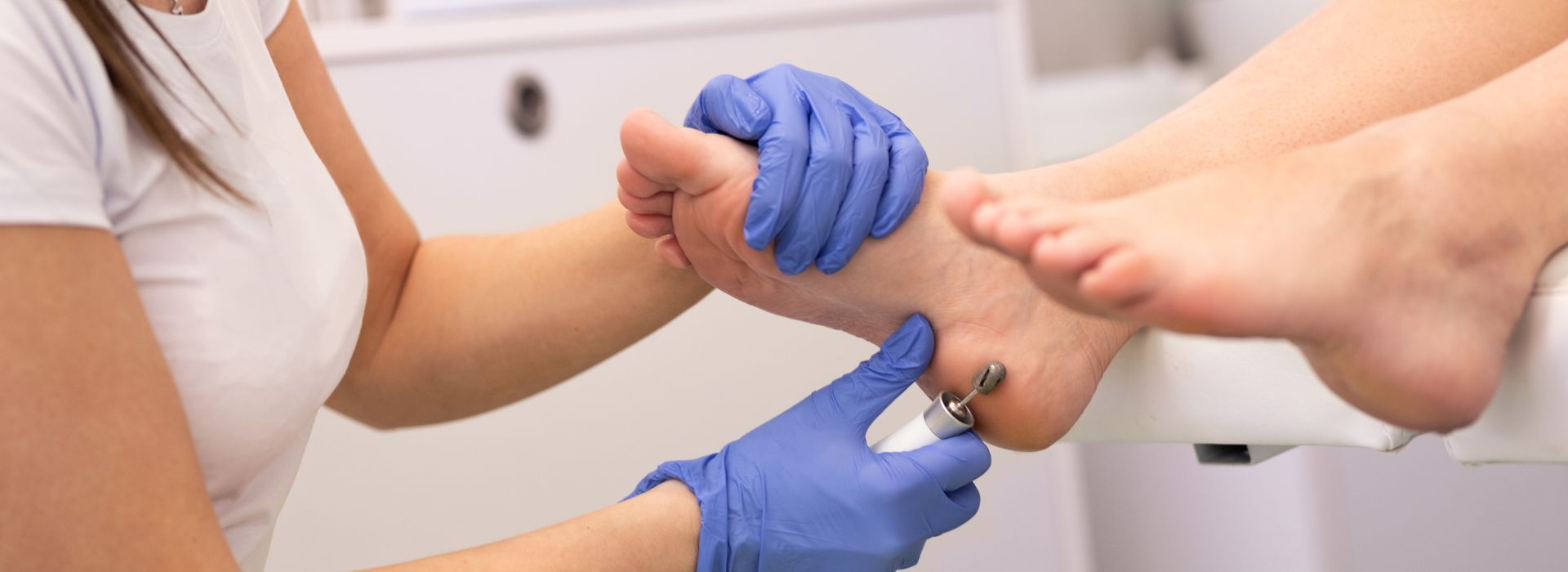2026 Podiatric Coding: More Painful than Plantar Fasciitis
Let’s start with what we know will happen overall, podiatric coding-wise, in 2026.
What’s in the Works for 2026
CMS released the official guidelines for ICD-10-CM coding and reporting for FY 2026 (10/1/25 to 9/30/26).
They also issued the proposed rule for the CY 2026 Physician Fee Schedule (PFS), which will affect reimbursement rates for podiatry and other specialties’ services.
Good news: The proposed 2026 conversion factor shows an approximate 4% increase for podiatry (AAPM).
Did you hear about the podiatrist who didn’t show up for his own wedding? Talk about debridement.
Routine Foot Care Exemptions and Coverage
While nothing may really be “routine,” routine foot care (think paring/cutting of corns or calluses and trimming of nails) is generally not covered by Medicare unless specific medical necessity criteria are met.
For example, nail debridement (CPT 11720/11721) will only be covered if the patient has an underlying systemic condition (diabetes, vascular disease, neuropathy, etc.) and meets documentation requirements.
When routine foot care is provided under medical necessity (i.e., systemic conditions exist), modifiers such as Q7, Q8, or Q9 may be required.
CPT/HCPCS Procedure Coding Updates
Many of the core podiatric CPT codes — for example, 11055–11057 (benign hyperkeratotic lesion removal) and 11720/11721 (nail debridement) — remain unchanged.
However, descriptor changes or deletions should always be checked with each year’s CPT update.
2025 had notable CPT changes, including new telemedicine codes, and you should anticipate more shifts for 2026.
Common podiatry codes:
-
11055, 11056, 11057 – callus/corn removal
-
11720 – debridement of nails, 1–5
-
11721 – debridement of nails, 6 or more
-
E/M codes (99212–99215 for established patients, 99202–99205 for new patients)
Documentation & Medical Necessity
Medical necessity and its related documentation will be key in 2026.
When treating a systemic condition affecting the foot (e.g., diabetic neuropathy, peripheral vascular disease), you must document:
-
The comorbidity
-
The specific foot condition
-
The reason the service is medically necessary
When billing for podiatry:
-
Use the correct CPT and ICD-10-CM codes
-
Apply necessary modifiers
-
Check payer-specific policies (especially Medicare)
-
Understand and follow routine foot care exclusions
Reimbursement & Fee Schedule Changes
The 2026 PFS proposed rule indicates an approximate 4% increase in the conversion factor, along with updates to telehealth and quality reporting.
Always check the finalized PFS to update your fee schedules, cost projections, and practice revenue strategies.
Suggested Next Steps
-
Review the 2026 CPT (CY) and ICD-10-CM (FY) guidelines for new, revised, or deleted codes.
-
Update practice policies and workflows — coder education, billing checklists, and documentation templates.
-
Monitor Medicare and private insurers’ updates on podiatry coverage (especially nail care, callus/corns, orthotics).
-
Consider outsourcing with ADSRCM, our AI-driven MedicsCloud automation suite for podiatry and wound care — including the ONC-certified MedicsCloud EHR for expedited charting — and our behind-the-scenes podiatry billing specialists (UB/WC/NF/PIP).
Contact Us
Call 844-599-6881 or email info@adsc.com for more information about driving revenue and productivity with ADSRCM for Podiatry, or using the MedicsCloud Suite if in-house automation is preferred.
We can help in ways that work best for you!


.jpg)